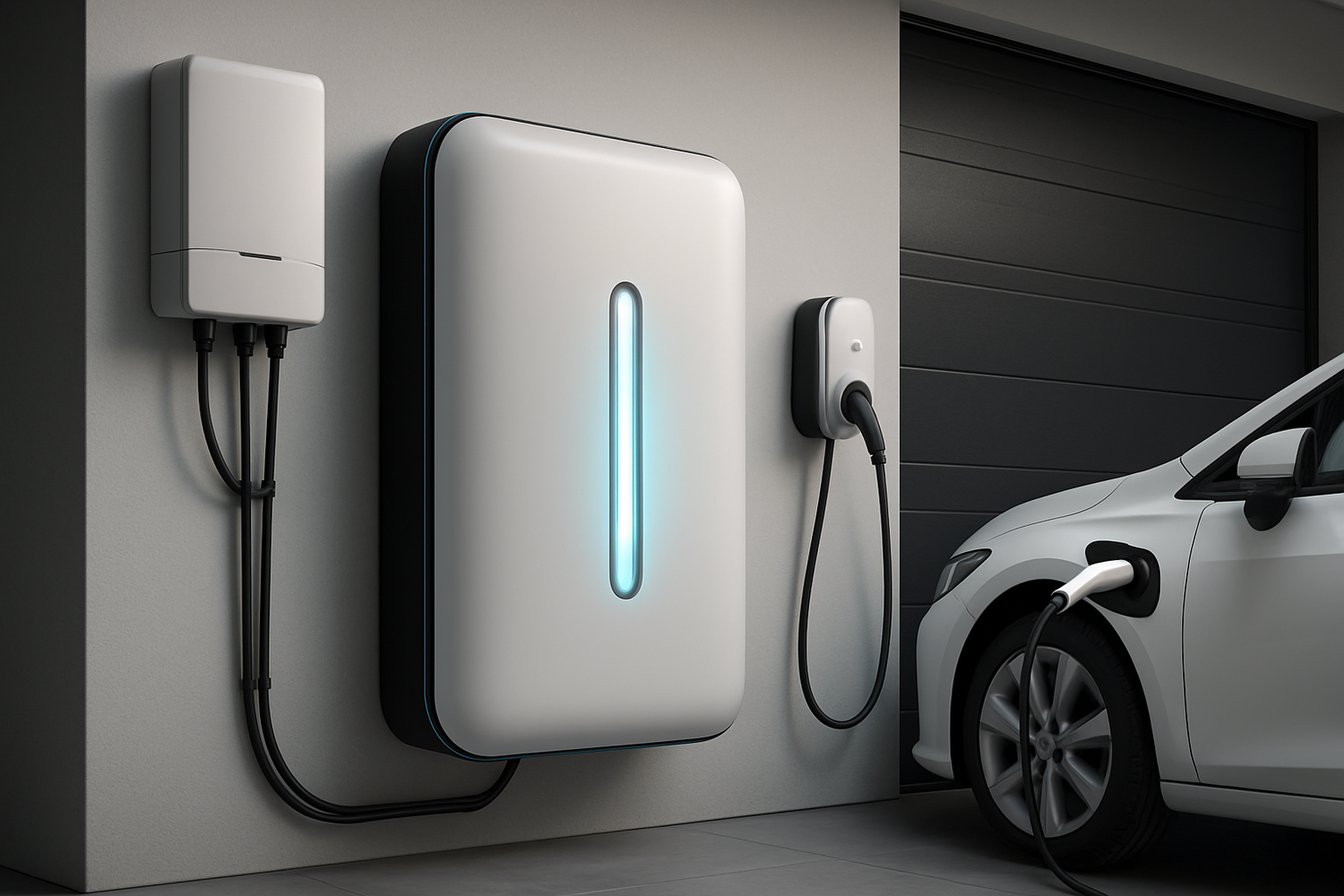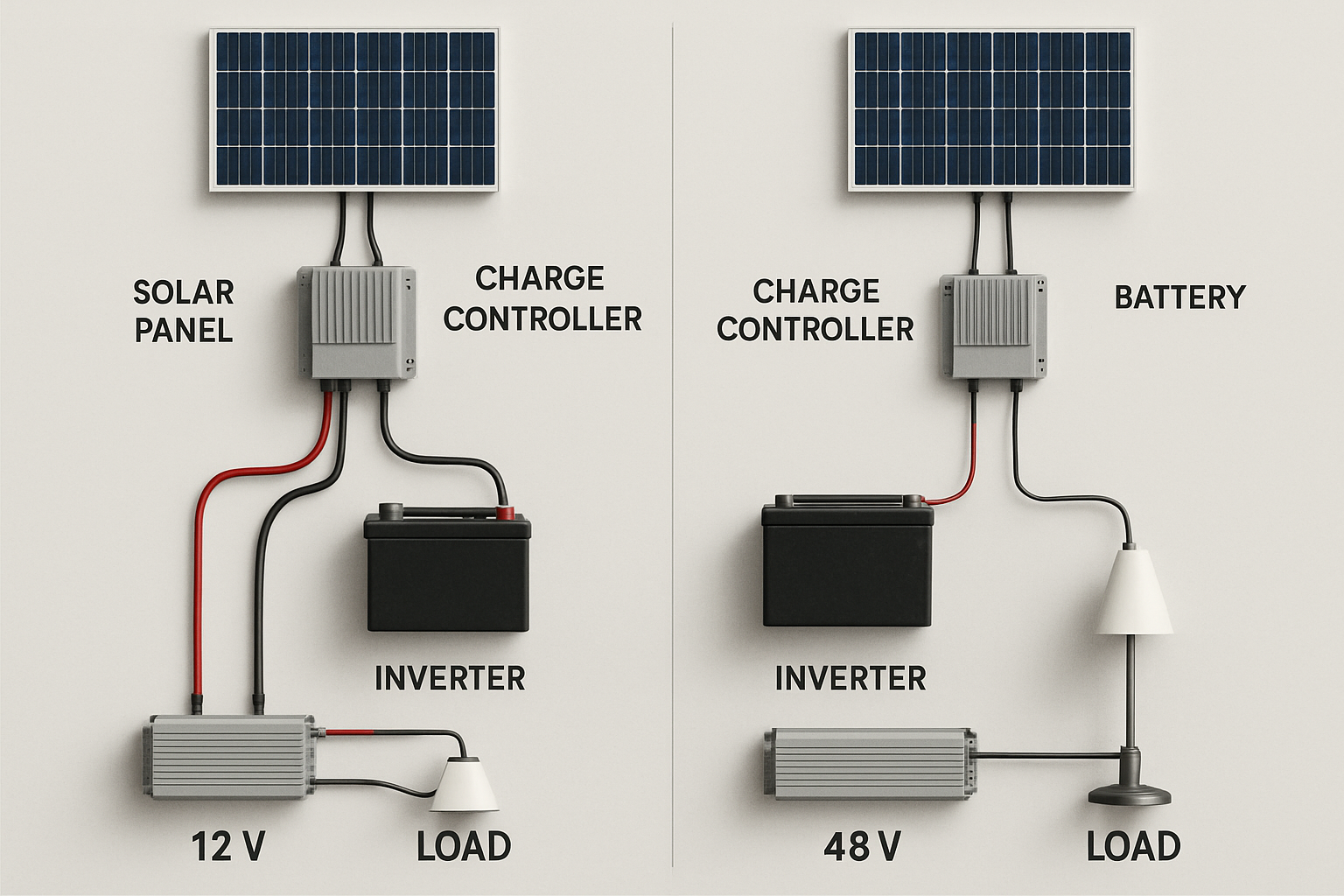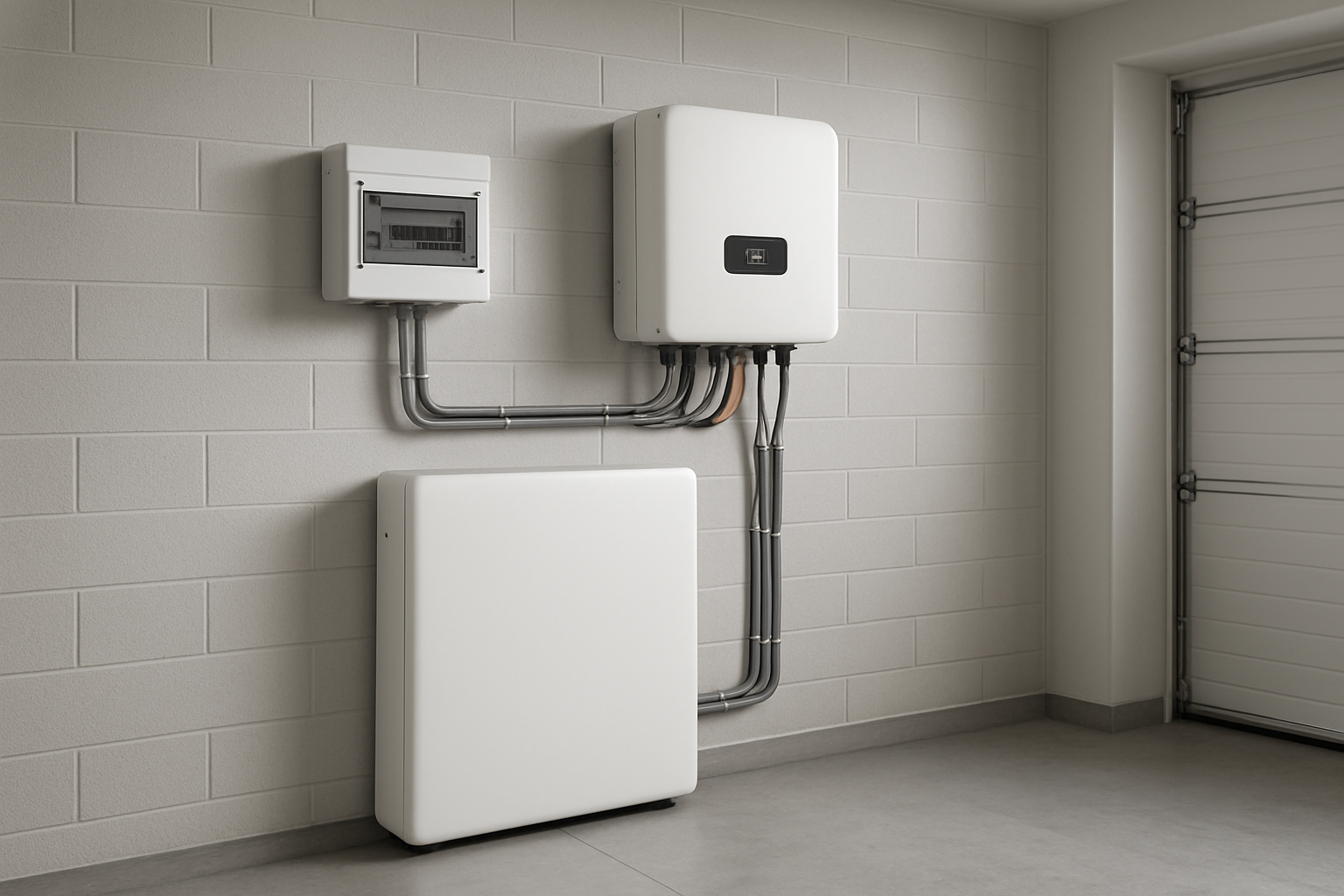The landscape of home energy is undergoing a significant transformation. Homeowners are increasingly seeking reliable and scalable energy solutions to gain independence from the grid. As we look toward 2026, the technology behind home energy storage systems is advancing rapidly. These changes promise greater efficiency, smarter control, and better integration into our daily lives. The focus is shifting from simple backup power to intelligent energy management hubs that empower households.
The Evolution of Battery Chemistry and Performance
The heart of any home energy storage solution is the battery. While lithium-ion technologies, particularly the safe and stable lithium iron phosphate (LiFePO4) battery, are the current standard, the next few years will see the introduction of new chemistries that offer distinct advantages. A proper solar battery system setup depends on choosing the right technology for your needs.
Next-Generation Battery Technologies
The push for better performance and lower costs is driving innovation. While the 12v 100ah LiFePO4 lithium battery offers a great balance of safety and longevity, emerging technologies are on the horizon. Solid-state batteries promise higher energy density and an even better safety profile by replacing the liquid electrolyte with a solid material. Sodium-ion batteries present a compelling alternative due to the abundance and low cost of sodium, potentially reducing the price of residential solar battery solutions.
| Technology | Key Advantage | Potential Impact by 2026 |
|---|---|---|
| Lithium Iron Phosphate (LiFePO4) | High safety, long cycle life, thermal stability | Remains the dominant, reliable choice for most home applications |
| Solid-State | Higher energy density, enhanced safety | Initial market entry, premium applications, smaller form factors |
| Sodium-Ion | Low cost, abundant raw materials | Begins to compete on price for large-scale stationary storage |
Improvements in Longevity and Efficiency
Beyond new chemistries, expect significant improvements in the lifespan and efficiency of all battery types, including the popular 100 ah lithium battery. Advanced Battery Management Systems (BMS) will use smarter algorithms to optimize charging and discharging, extending the battery's operational life well beyond a decade. This means a lower total cost of ownership. Understanding these metrics is vital; a deep cycle lithium battery with a high cycle count offers better long-term value. For a detailed look at performance indicators, you can review this ultimate reference on solar storage performance, which explains concepts like Depth of Discharge (DoD) and cycle life.
Smarter and More Integrated Systems
The future of home energy storage is not just about the battery itself; it's about how the entire system intelligently manages power. Future energy storage trends point towards seamless integration with other home technologies and the broader electrical grid, creating a truly connected energy ecosystem.
AI-Powered Energy Management
Artificial intelligence (AI) will become a standard feature in energy storage solutions. These systems will learn your household's energy consumption patterns and analyze external data, such as weather forecasts and utility rate changes. An AI-powered system can predict your solar panel output and decide the best times to store energy, use it to power your home, or even sell it back to the grid. This maximizes your savings and ensures you always have power when you need it.
Vehicle-to-Grid (V2G) and Vehicle-to-Home (V2H)
Electric vehicles (EVs) are essentially batteries on wheels. V2G and V2H technologies will allow your EV to become an integral part of your home energy storage installation. During a power outage, your EV could power your home (V2H). Additionally, you could program your system to sell excess energy from your car's battery to the grid during peak demand hours (V2G), creating a new source of income. As noted in the International Renewable Energy Agency's Electricity Storage Valuation Framework, integrating assets like EVs can provide valuable services to the grid.
Making Storage More Accessible and Affordable
For widespread adoption, home energy storage must be easy to install and financially attainable. By 2026, we expect significant progress in both areas, driven by better product design and supportive policies that simplify the process for consumers.
Modular and Scalable Designs
One size does not fit all. Manufacturers are increasingly offering modular energy storage systems. This allows you to start with a smaller lithium battery pack, perhaps a 12v 50ah lithium battery, and expand your system as your needs or budget grow. A scalable 48v LiFePO4 battery system can be built up over time, providing flexibility and a lower entry cost for a complete solar energy storage system.
Reducing Soft Costs Through Policy
Hardware costs are only part of the equation. 'Soft costs'—such as permitting, inspection, and labor—can add significantly to the final price of a home energy storage installation. Government initiatives are focused on simplifying these processes. According to a report from the Department of Energy, streamlining permitting and interconnection standards can save homeowners thousands of dollars. These efforts will make residential solar battery solutions more affordable for a wider audience.
The Evolving Financial Incentives
The financial case for home energy storage is becoming stronger each year. New utility rate structures and incentive programs will make investing in a lithium ion solar battery more attractive than ever.
Dynamic Tariffs and Virtual Power Plants (VPPs)
Utilities are moving away from flat-rate pricing toward time-of-use (TOU) tariffs, which charge more for electricity during peak hours. A home battery allows you to store cheap solar or off-peak grid energy and use it during these expensive periods. Furthermore, homeowners can join Virtual Power Plants (VPPs). In a VPP, a network of distributed batteries is managed centrally to provide stability to the grid. Participants are often compensated for their contribution. The International Energy Agency's Next Generation Wind and Solar Power report discusses how such policies encourage the adoption of storage to support grid stability.
Innovative Financing Models
High upfront costs remain a barrier for some. To address this, new financing models are emerging. These include battery leasing programs, subscription services, and power purchase agreements (PPAs) where a third party owns and maintains the system in exchange for a fixed monthly fee. These models reduce the initial investment required for a complete home battery storage system.
Your Future-Ready Energy Hub
The trends for 2026 clearly indicate that home energy storage is evolving from a niche product into a central component of the modern, energy-independent home. Systems will be more intelligent, powerful, and seamlessly integrated into our lives. Advances in battery technology, combined with smart software and supportive policies, are making energy independence an achievable goal for more households. Investing in a reliable and scalable energy solution today prepares you for the smarter, more resilient energy landscape of tomorrow.
Frequently Asked Questions
What is the expected lifespan of a home battery in 2026?
By 2026, high-quality lithium iron phosphate (LiFePO4) batteries are expected to have a lifespan of 15 to 20 years, or 6,000 to 10,000 cycles. Advances in battery management systems and cell chemistry are continuously extending their operational life.
Will I be able to power my entire home with a solar battery system?
Yes, it is possible to power an entire home, especially with a properly sized solar array and battery bank. A system's ability to provide full off-grid capability depends on your energy consumption, the size of your solar installation, and the capacity of your battery storage, such as a large 200ah lithium battery setup.
How will V2G technology benefit me as a homeowner?
Vehicle-to-Grid (V2G) technology allows you to use the battery in your electric vehicle for more than just driving. You can use it as a backup power source for your home during an outage or earn money by selling excess energy back to the utility during peak demand periods, turning your vehicle into a revenue-generating asset.





Leave a comment
All comments are moderated before being published.
This site is protected by hCaptcha and the hCaptcha Privacy Policy and Terms of Service apply.